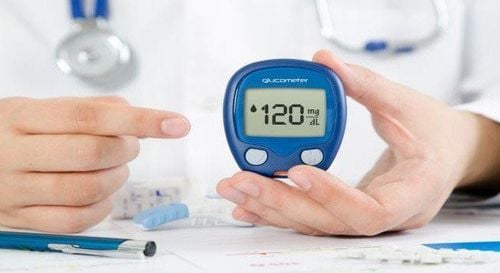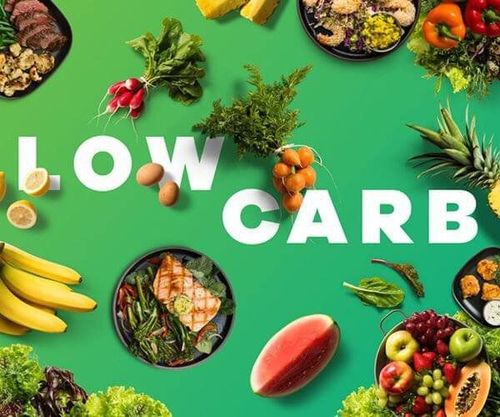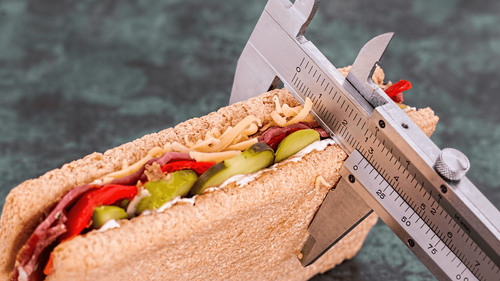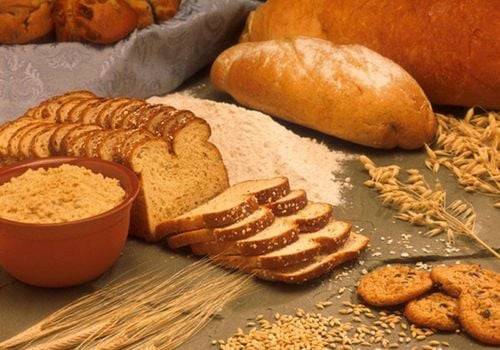This is an automatically translated article.
Low-carb diets are often used to lose weight. Some low-carb diets may have a number of other health benefits beyond weight loss, such as a reduced risk of type 2 diabetes and metabolic syndrome.
1. What is a low carb diet?
Low-carb diets are based on the principle of limiting the consumption of starches (carbohydrates) - such as carbs found in grains, starchy vegetables and fruits - while emphasizing foods rich in protein and fat. There are many types of low-carb diets. Each diet has different quantitative restrictions and different types of carbs that can be consumed.
2. Reasons to use a low carb diet
You may choose to follow a low carb diet for a number of reasons:
Want a diet that restricts carbs to help with weight loss Wants to change overall eating habits Enjoy the variety and amount of food included in a low-carb diet Whatever the reason, you should check with your doctor and dietitian before starting any weight loss diet, especially if you have any medical conditions. special health conditions, such as diabetes or heart disease.

Bạn có thể chọn theo chế độ ăn ít carb để giúp giảm cân
3. Detailed diet
Low-carb diets restrict the amount of carbohydrates you eat. Carbohydrates are classified into groups including: naturally simple (lactose in milk and fructose in fruit), simple refined (table sugar), naturally complex (cereals or beans) and complex refined. (white flour).
Common natural sources of carbohydrates include:
Nuts Fruits Vegetables Dairy Nuts Legumes (beans, lentils, peas) In general, complex carbohydrates are digested more slowly and they have little effect. on blood sugar than refined carbohydrates. It also provides a certain amount of fiber.
Refined carbohydrates like sugar or white flour are often added to processed foods. Examples include white bread, pasta, cookies, cakes, candy, soft drinks and sugary drinks.
Your body uses carbohydrates as its main source of energy. During digestion, complex carbs are broken down into simple sugars (glucose) and released into the bloodstream (blood glucose). From there, insulin is released to help glucose get into the body's cells, where it can be used for energy. Additional glucose is stored in the liver and muscles, and some is converted to body fat.
Low carb diets aim to make the body burn stored fat for energy, leading to weight loss.

Chế độ ăn ít carb nhằm mục đích khiến cơ thể đốt cháy chất béo giúp giảm cân nặng
4. Low carb foods
A low-carb diet that focuses on protein and some non-starchy vegetables. Low-carb diets typically limit grains, legumes, fruit, bread, sweets, pasta and starchy vegetables, and sometimes nuts. However, some low-carb diet plans allow for small amounts of fruits, vegetables, and whole grains.
Daily limit of 0.7 to 2 ounces (20 to 57 grams) of carbohydrates is typical with a low carb diet. This amount of carbohydrates provides 80 to 240 calories for the body. Some other low-carb diets heavily restrict carbs in the early stages of the diet and then gradually increase the amount of carbs allowed.
On the contrary, many recommendations have been made that carbohydrates should make up 45% to 65% of your total daily calorie intake. So if you consume 2,000 calories per day, carbs will make up between 900 and 1,300 calories.
5. Benefits
Weight loss. Most people can lose weight if they restrict calories and increase physical activity. To lose 1 to 1.5 pounds (0.5 to 0.7 kg) a week, you need to eat 500 to 750 fewer calories per day. A low-carb diet can help you lose weight in a shorter time than a low-fat diet. But most studies have found that at 12 or 24 months, the benefits of a low-carb diet aren't as great as they were initially. Cutting calories and carbs may not be the only reason to lose weight on a low-carb diet. Some studies suggest that you may lose weight because the extra protein and fat intake helps you feel fuller longer, helping you to eat less. Other benefits. A low-carb diet that emphasizes healthy sources of carbs, fats, and protein may help reduce your risk of type 2 diabetes and heart disease. In fact, almost any diet that helps you lose weight can improve blood sugar and cholesterol levels, at least for a while.

Chế độ ăn kiêng low-carb giúp cải thiện lượng đường trong máu
6. Risks
A sudden and drastic reduction in carb intake can cause temporary side effects, such as:
Constipation Headache Muscle cramps Severe carb restriction can cause your body to break down fats into ketones to generate energy. This is called ketosis. Ketosis can cause side effects such as bad breath, headaches, fatigue, and weakness. Experts aren't sure if low-carb diets pose long-term health risks. Restricting carbs in the long run can lead to vitamin or mineral deficiencies and digestive upset.
Some health professionals believe that if you eat large amounts of fat and protein from animal sources, your risk of heart disease or certain cancers may be increased. If you choose to follow a low-carb diet, focus your attention on the fat and protein sources you choose. Limit foods with saturated fat and trans fat, such as high-fat meat and dairy products, which can increase your risk of heart disease
All questions to be answered by a specialist As well as customers who need examination and treatment at Vinmec International General Hospital, please contact the Website for the best service.
Please dial HOTLINE for more information or register for an appointment HERE. Download MyVinmec app to make appointments faster and to manage your bookings easily.













